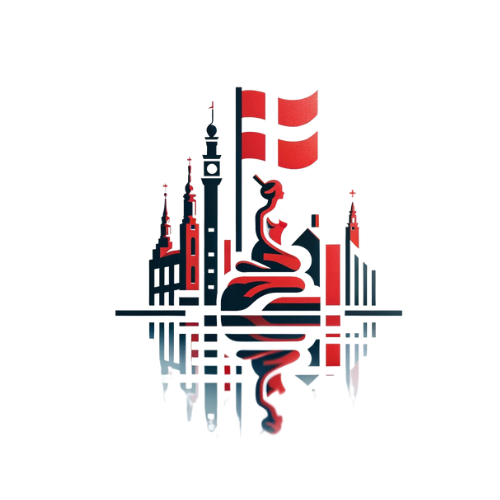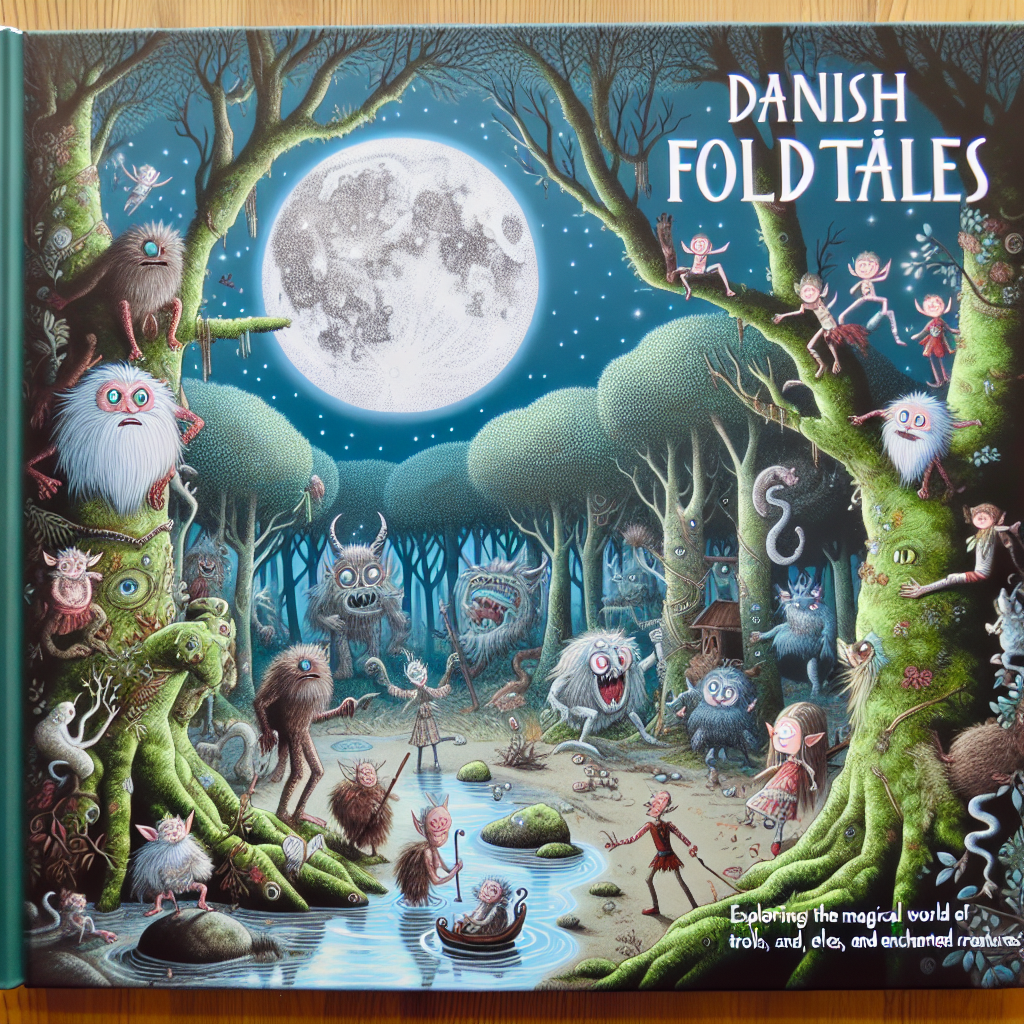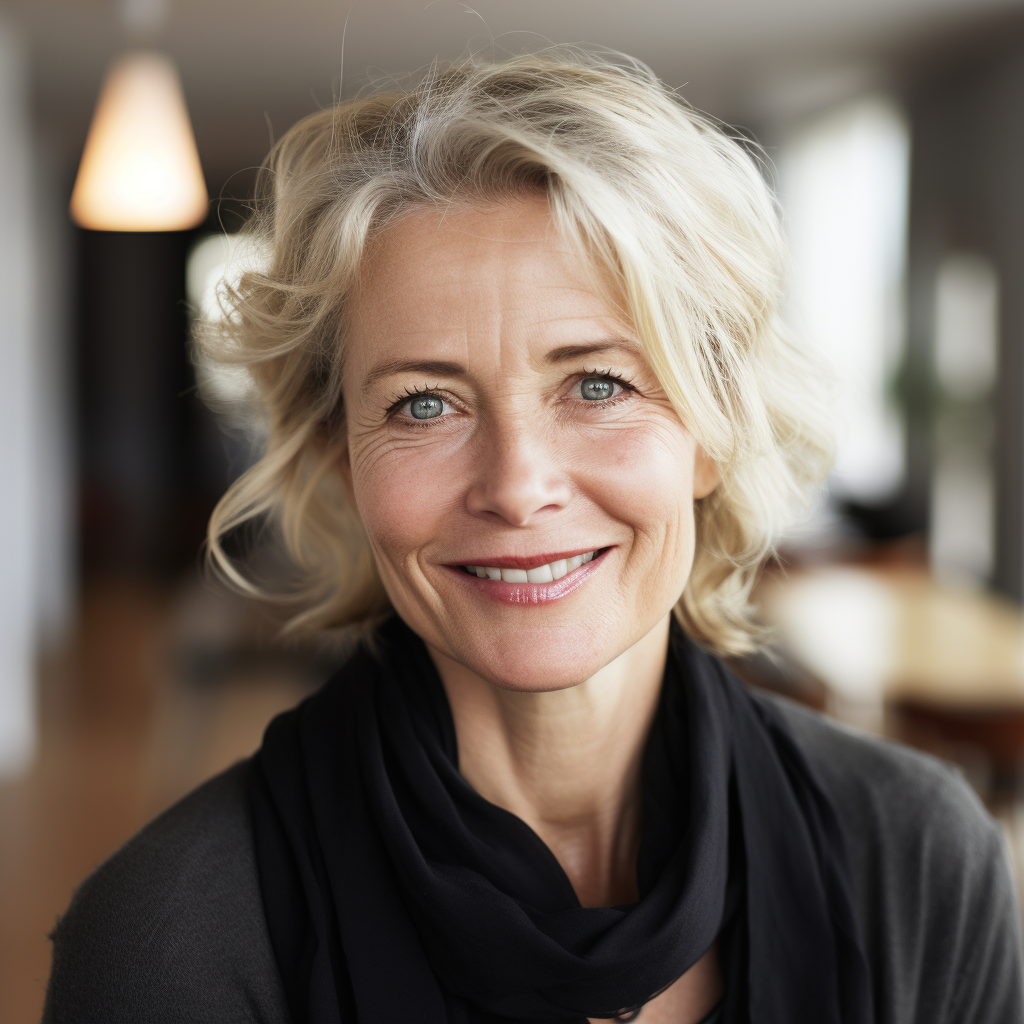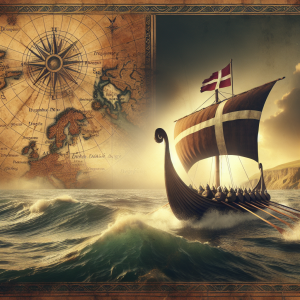As a native of Denmark, the land of fairy tales, I have always been captivated by the rich and magical folktales that have been passed down through generations. These stories are an essential part of our culture, reflecting the values, fears, and aspirations of the Danish people. In this article, I will delve into the unique and enchanting world of Danish folktales, exploring their historical significance and contemporary relevance.
Historical Roots of Danish Folktales
The tradition of storytelling has been deeply ingrained in Danish culture for centuries. Before the written word became widespread, folktales were orally transmitted from one generation to the next, preserving the collective wisdom and imagination of the Danish people. Many of these tales were rooted in the rural experiences of agricultural communities, where the natural world played a central role in shaping people’s lives and beliefs.
One of the most renowned figures in Danish folklore is Hans Christian Andersen, whose fairy tales such as “The Little Mermaid,” “The Ugly Duckling,” and “The Emperor’s New Clothes” have captured the hearts of readers around the world. Andersen’s stories are characterized by their universal themes, vibrant characters, and moral lessons, reflecting the values and sensibilities of Danish society during the 19th century.
The Role of Folktales in Danish Society
From the humblest peasant to the royal court, folktales have played a significant role in shaping the cultural identity of Denmark. They have provided a means of passing down traditions, teaching moral lessons, and entertaining audiences of all ages. Even today, folktales continue to inspire artists, writers, and filmmakers, serving as a source of creativity and national pride.
Themes and Motifs in Danish Folktales
Danish folktales are characterized by their timeless themes and motifs, many of which are shared with other European traditions. Common themes include the struggle between good and evil, the transformative power of love, and the triumph of the underdog. Nature also plays a prominent role in Danish folklore, with supernatural beings such as elves, trolls, and nisse inhabiting the forests and countryside.
- Good vs. Evil
- Love and Transformation
- Supernatural Beings
Contemporary Relevance of Danish Folktales
Despite the modernization of Danish society, folktales continue to hold a special place in the hearts of the Danish people. They are frequently retold and reinterpreted through various mediums, from children’s books and animated films to stage productions and museum exhibits. In this way, folktales remain a living and dynamic part of Danish culture, adapting to the needs and desires of each new generation.
The Legacy of Hans Christian Andersen
The enduring legacy of Hans Christian Andersen looms large over Danish folktales, inspiring countless adaptations and interpretations of his work. His stories have been translated into numerous languages and adapted for stage and screen, ensuring that the magic of Danish folklore continues to enchant audiences worldwide. Andersen’s birthplace in Odense is now a museum dedicated to his life and works, attracting visitors from around the globe.
Folklore in Contemporary Culture
Today, Danish folktales are celebrated in a variety of ways, from annual storytelling festivals to educational programs in schools and libraries. The National Museum of Denmark features exhibits on folklore and mythology, showcasing artifacts and artwork related to traditional Danish stories. Additionally, contemporary authors and artists continue to draw inspiration from folktales, integrating their timeless themes into modern narratives.
In Conclusion
As a Dane, I am proud to belong to a culture with such a rich and intricate tradition of storytelling. Danish folktales offer a window into the collective imagination and values of our society, providing a source of inspiration and wonder for generations past and present. I hope that this article has served to shed light on the captivating world of Danish folktales, inviting readers to explore the magic and wisdom contained within these timeless narratives.
References
- National Museum of Denmark – Folklore and Mythology Exhibits
- Hans Christian Andersen Museum in Odense
- Contemporary Adaptations of Danish Folktales





